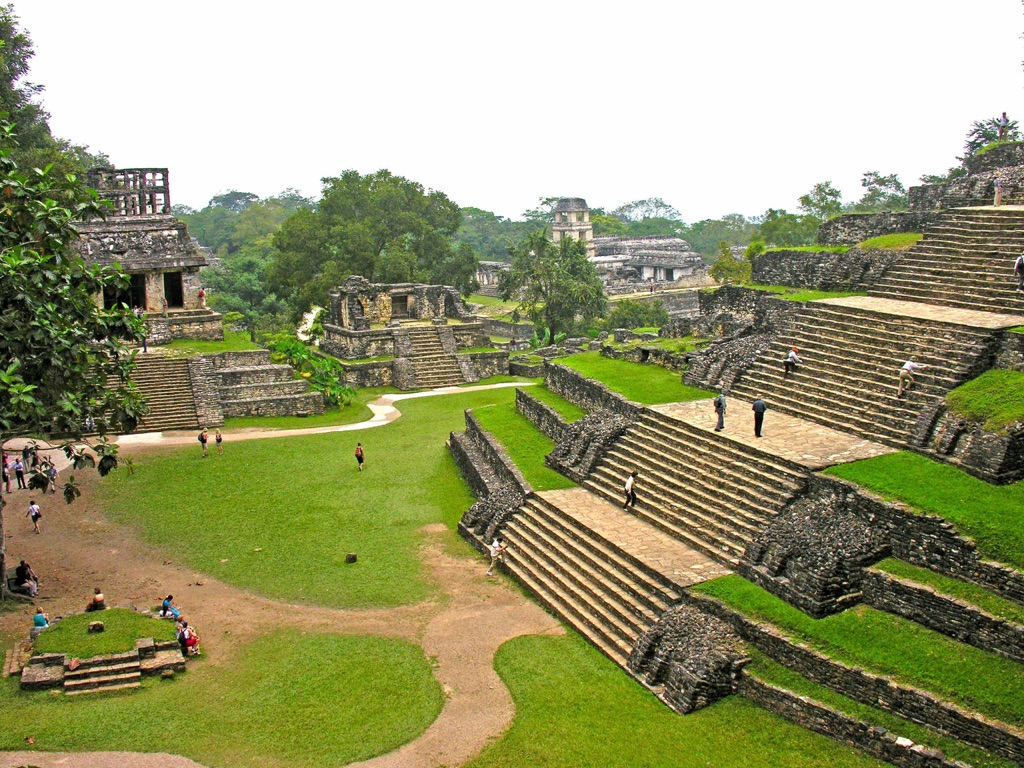Summary
Palenque, a city rich in history and culture, is nestled in the lush jungles of Chiapas, Mexico. Once a thriving Mayan city-state, it now stands as an archaeological site, its ruins whispering tales of a bygone era. From the 3rd century BC to the late 8th century AD, Palenque was a significant political and cultural hub. Today, it offers a glimpse into the intricate world of the Mayans, with its beautifully preserved temples, palaces, and inscriptions.
Get your dose of History via Email
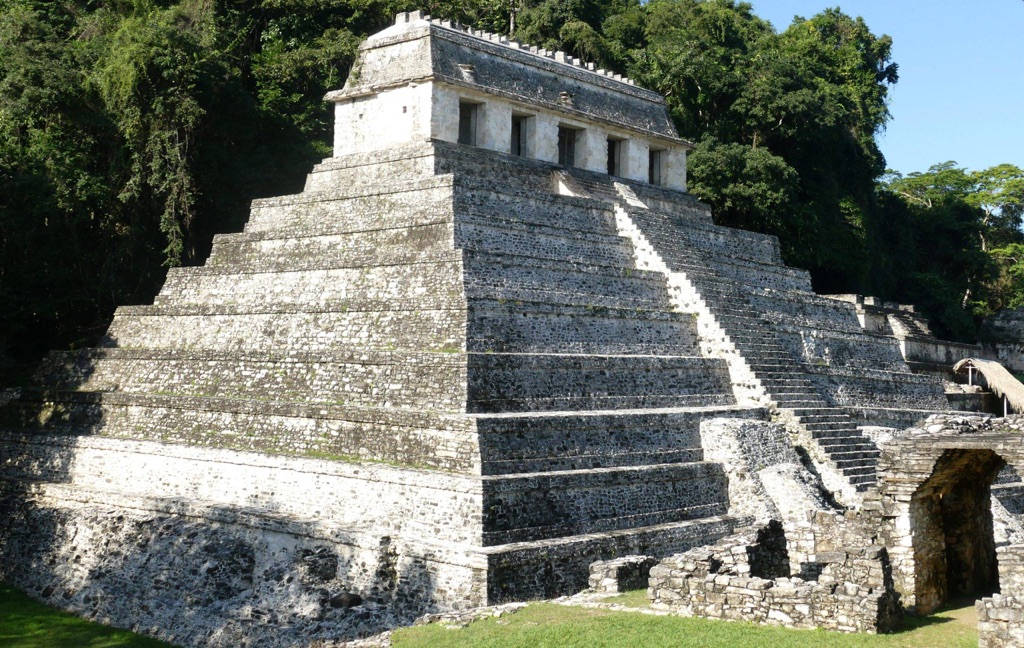
Historical Background of Palenque
Palenque’s history is as fascinating as its architecture. The city’s golden age was during the reign of Pakal the Great in the 7th century. Under his rule, Palenque flourished, becoming a beacon of power and influence. Pakal’s reign is immortalized in the intricate carvings and inscriptions found throughout the city.
Following Pakal’s death, his son, Kan Bahlam II, took the reins. He continued his father’s legacy, commissioning the construction of the Temple of the Cross Complex. This period marked the zenith of Palenque’s artistic and architectural development.
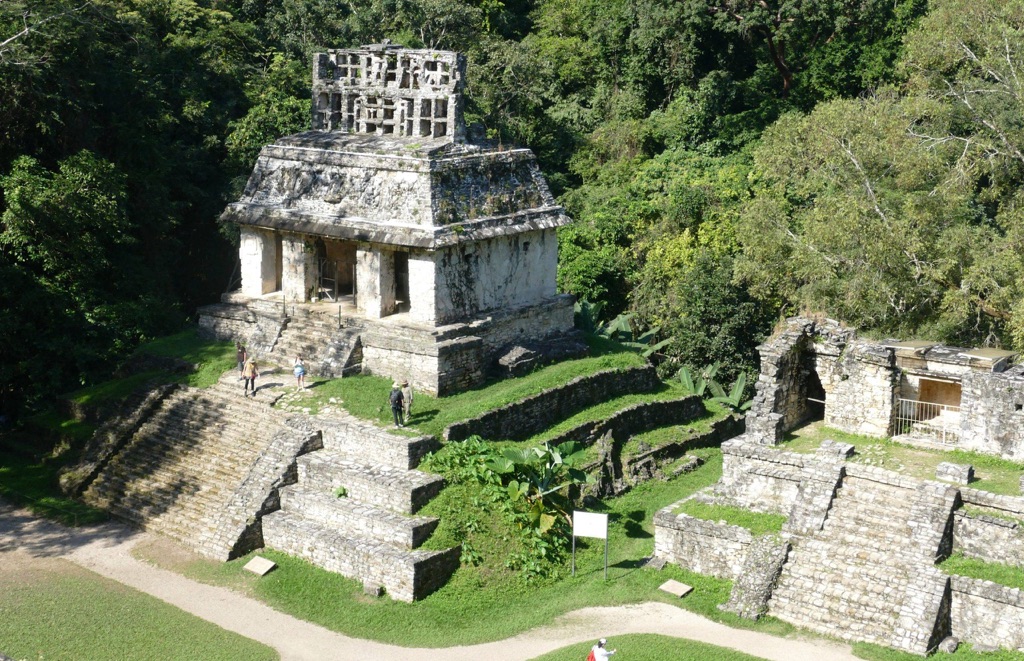
However, by the end of the 8th century, Palenque was abandoned. The reasons for this remain a mystery, with theories ranging from overpopulation to environmental changes. The city lay forgotten until the 18th century when explorers rediscovered it, bringing its splendor to the world’s attention.
Since then, Palenque has been a focus of archaeological studies. The deciphering of the city’s hieroglyphics has provided invaluable insights into Mayan history, culture, and cosmology.
Today, Palenque is a UNESCO World Heritage Site, attracting history buffs and curious travellers from around the globe.
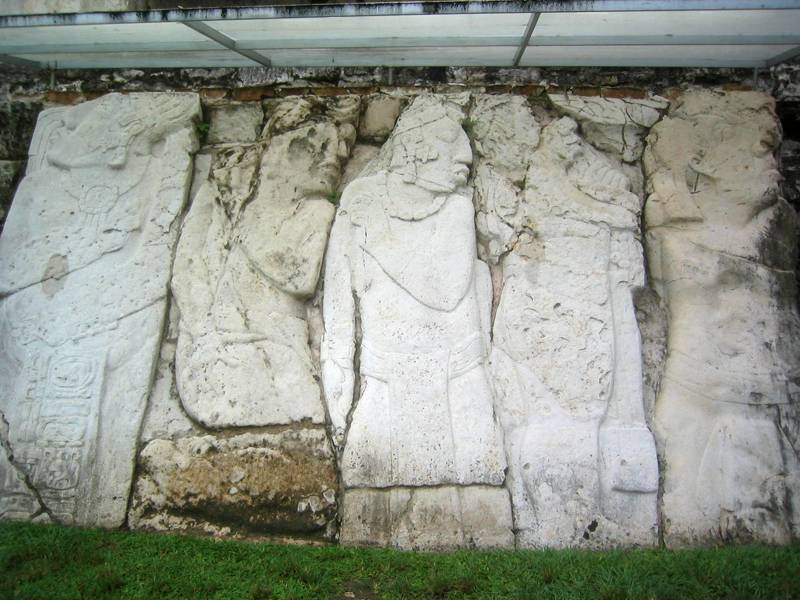
Architectural Highlights/About the Artifact
Palenque’s architecture is a testament to the Mayans’ artistic and architectural prowess. The city’s ruins include several temples, palaces, and other structures, each with its unique features and significance.
The Temple of Inscriptions, named for the extensive hieroglyphics found within, is perhaps the most famous. It served as Pakal the Great’s tomb, with his sarcophagus discovered deep within the temple. The intricately carved lid of the sarcophagus has sparked numerous theories and debates.
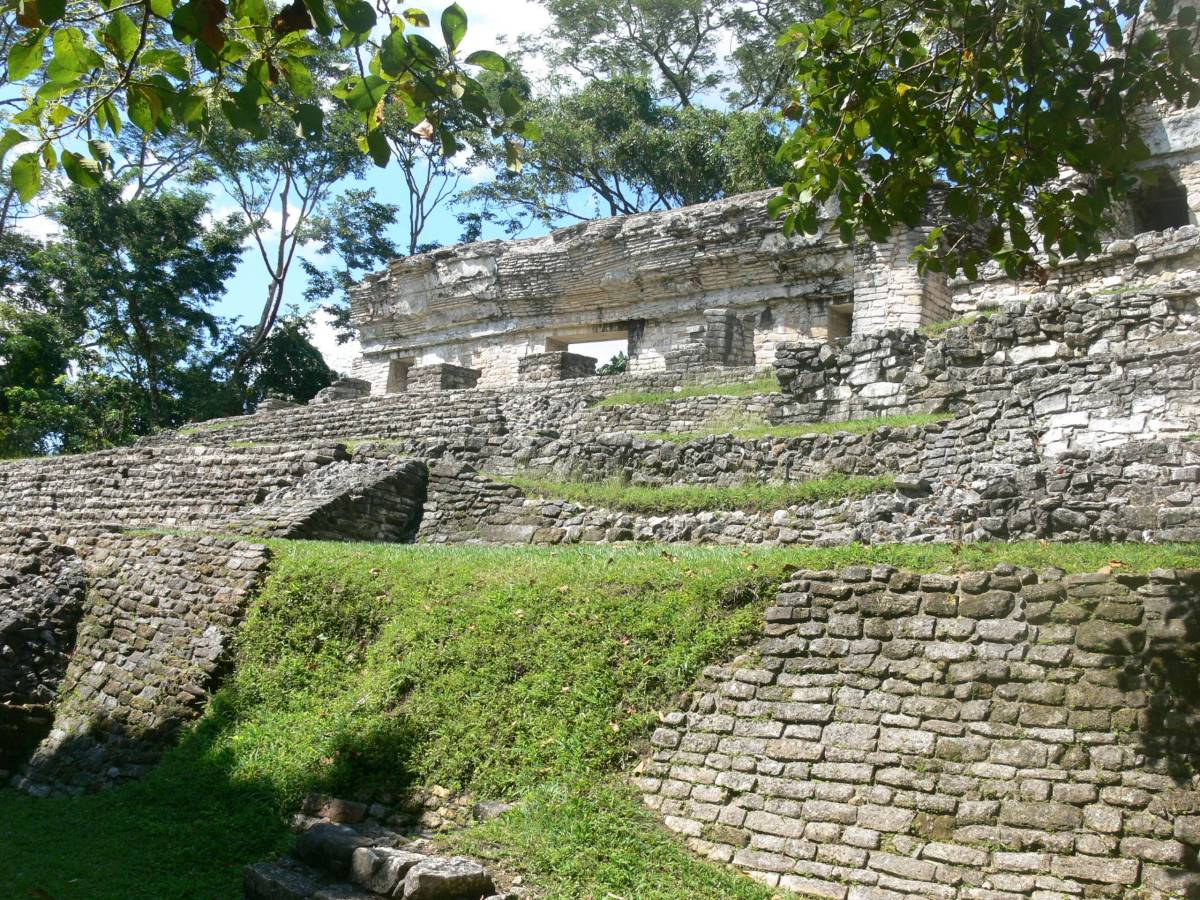
The Palace, another significant structure, is a complex of courtyards, corridors, and rooms. It boasts a unique four-story tower, possibly used for astronomical observations. The Palace’s walls are adorned with reliefs and inscriptions, narrating tales of the city’s past.
The Temple of the Cross Complex, commissioned by Kan Bahlam II, is another architectural marvel. The complex consists of three temples, each dedicated to a member of the Palenque Triad, a group of deities important to the city’s mythology.
Despite centuries of wear and tear, Palenque’s ruins retain their beauty and grandeur, offering a window into the Mayans’ sophisticated civilization.
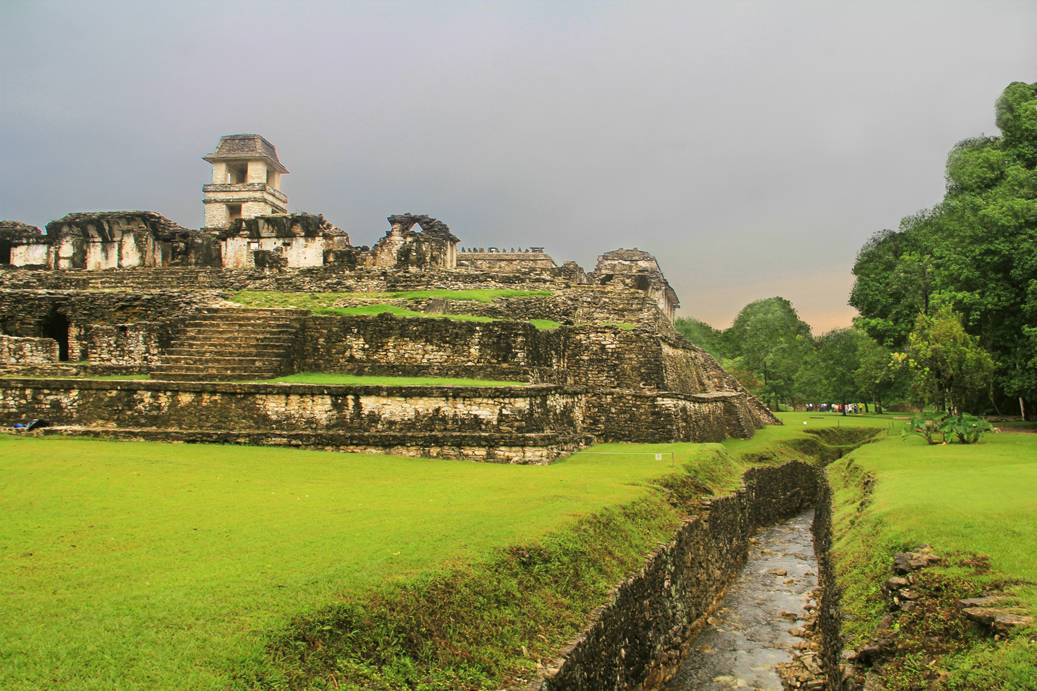
Theories and Interpretations
Palenque has been a hotbed of theories and interpretations, especially regarding the sarcophagus lid of Pakal the Great. Some believe it depicts Pakal ascending to the heavens, while others argue it shows him descending into the underworld.
One of the more outlandish theories comes from Erich von Däniken, a proponent of ancient astronaut theories. He proposed that the sarcophagus lid depicts Pakal piloting a spaceship. However, most scholars dismiss this interpretation as a misreading of Mayan symbolism.
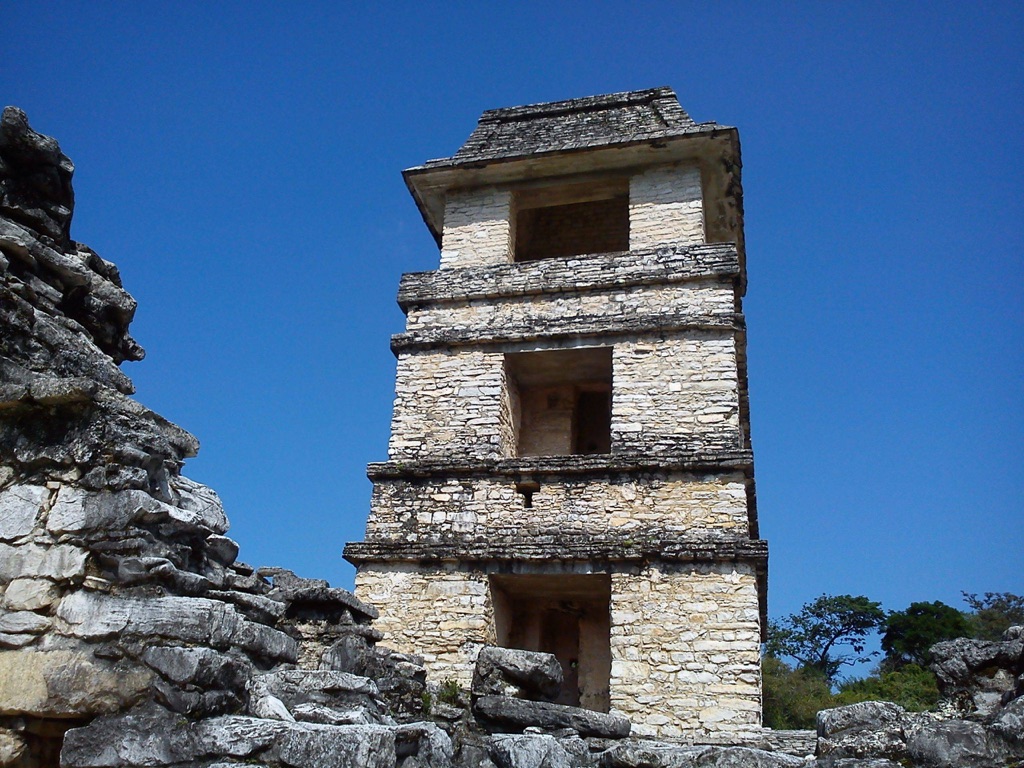
The hieroglyphics of Palenque have also been a subject of extensive study. The inscriptions have shed light on the city’s history, its rulers, and its religious practices. They’ve also provided insights into the Mayan calendar and cosmology.
Despite the wealth of information unearthed, much of Palenque remains unexplored. As such, the city continues to be a source of intrigue and speculation, promising more discoveries in the future.
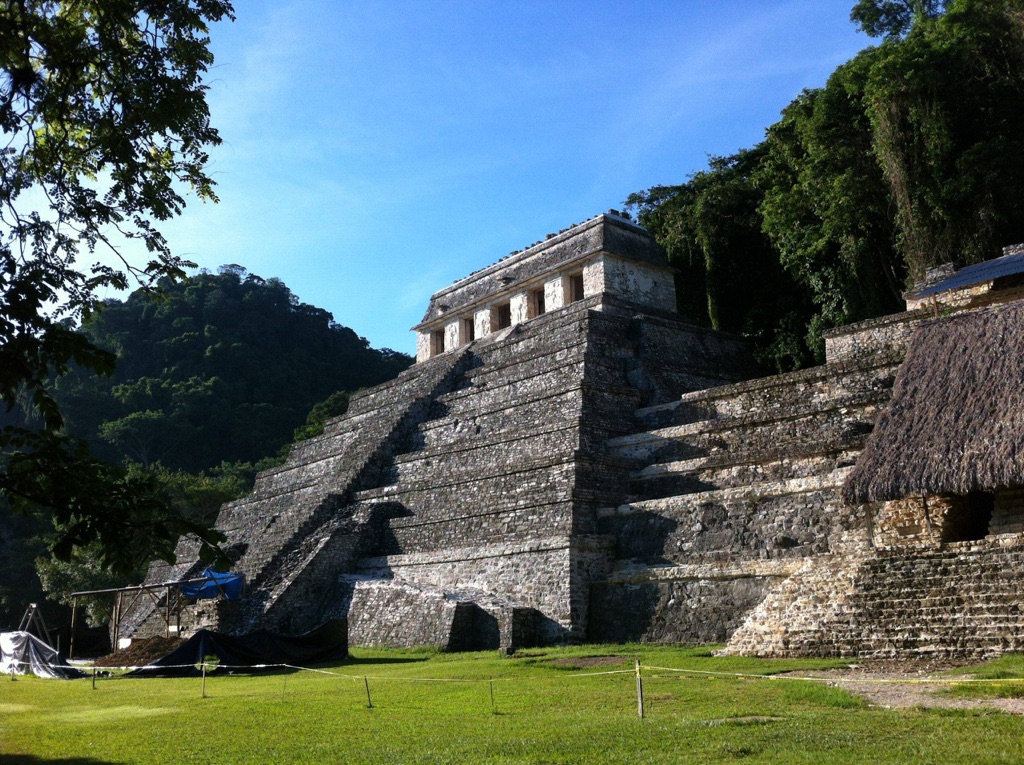
Good to know/Additional Information
Visiting Palenque is like stepping back in time. The site is open to the public, with guided tours available. It’s recommended to wear comfortable shoes and bring plenty of water, as the site is expansive and the climate can be hot and humid.
Aside from the ruins, the Palenque National Park is worth exploring. The park is home to a diverse range of flora and fauna, including howler monkeys and colorful parrots. The park also features waterfalls and natural pools, perfect for a refreshing dip after a day of exploration.
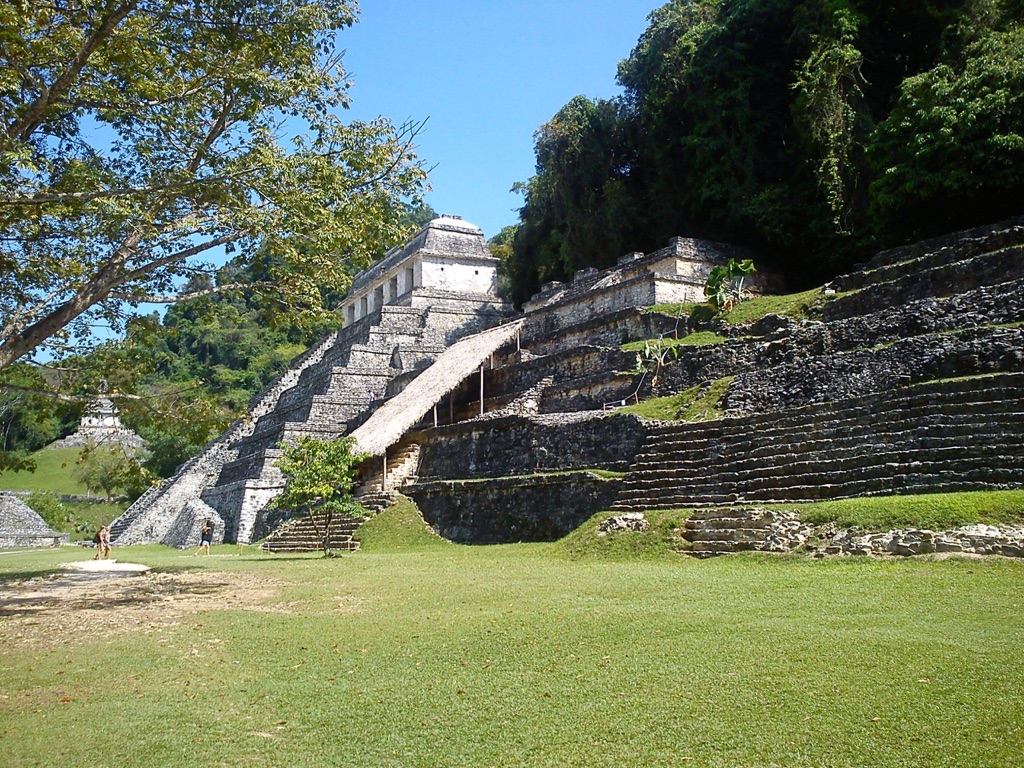
For those interested in Mayan culture, the Alberto Ruz Lhuillier Museum, located within the archaeological site, houses a collection of artifacts found in Palenque. It’s a must-visit for a deeper understanding of the city’s history and culture.
Finally, remember to respect the site. It’s not just a tourist attraction, but a piece of history and a sacred site for the descendants of the Mayans.
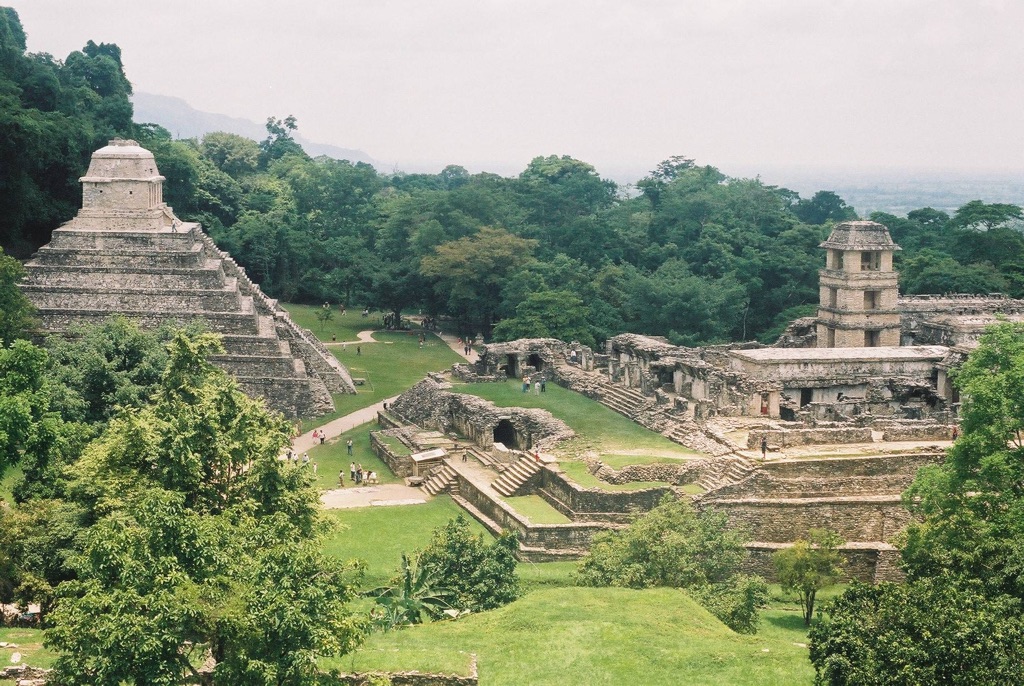
Conclusion and Sources
Palenque, with its rich history and architectural splendor, offers a fascinating glimpse into the world of the Mayans. While much has been discovered, the city continues to hold many secrets, promising more discoveries for future generations.
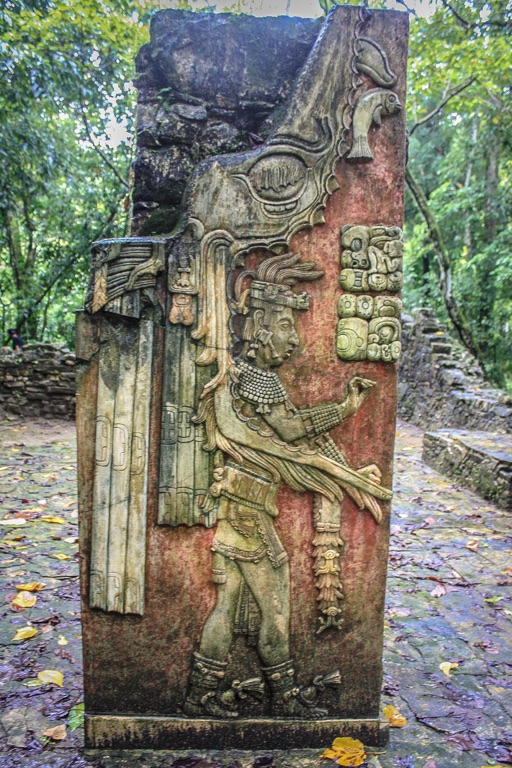
For further reading and information, consider these reputable sources:

